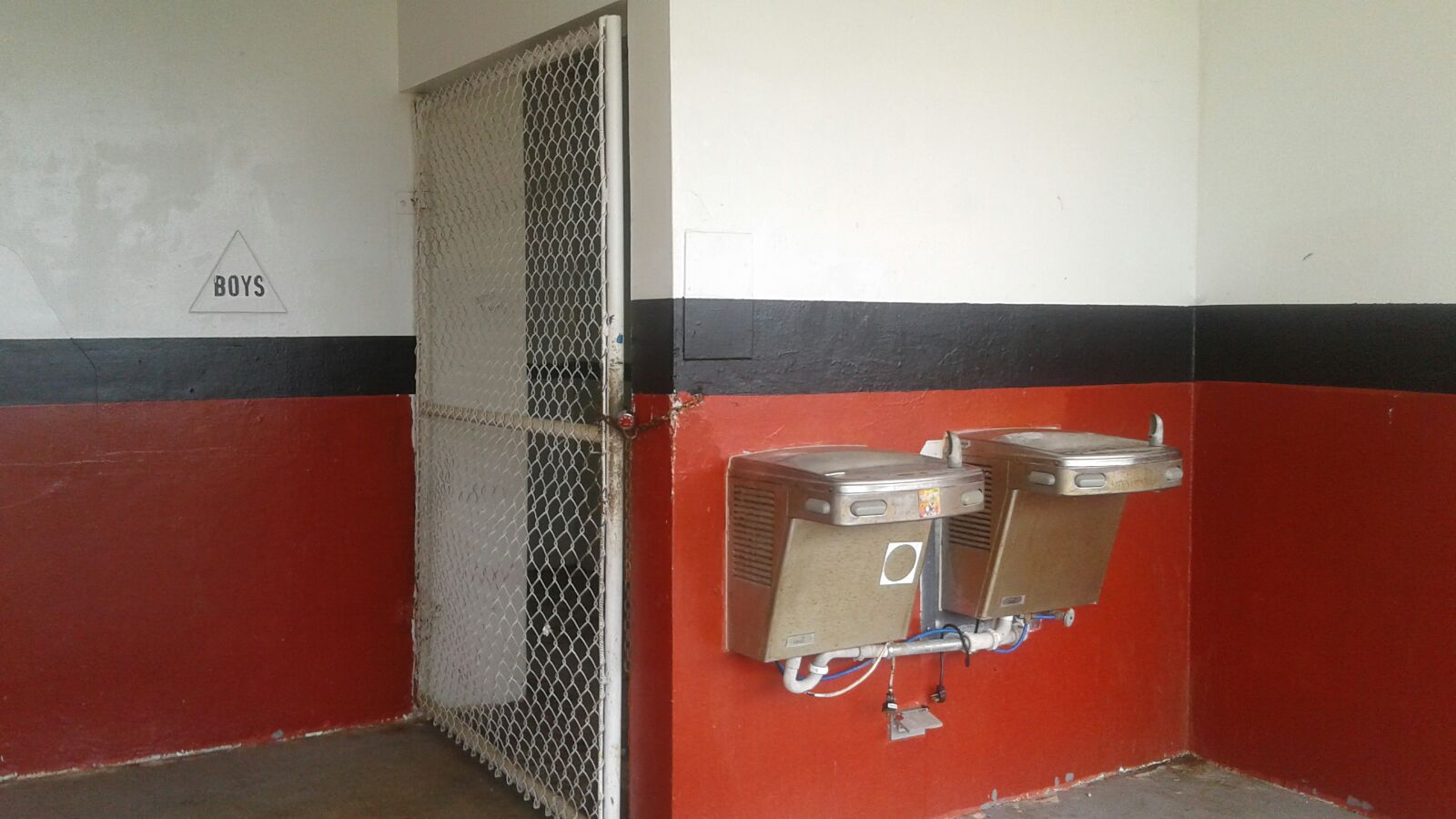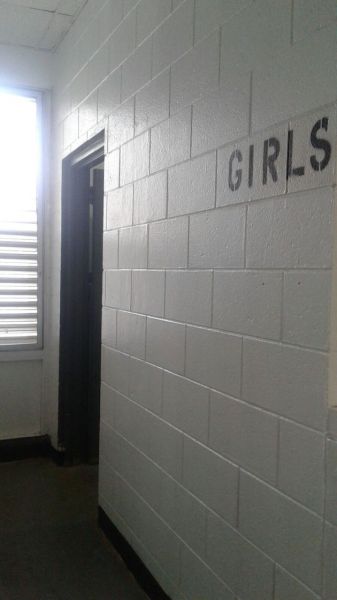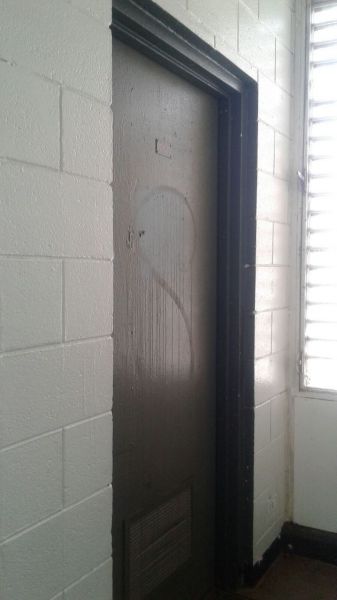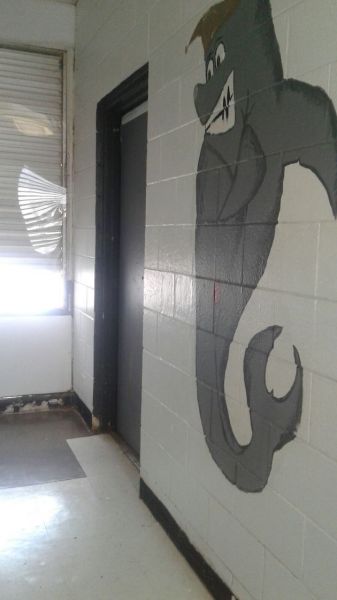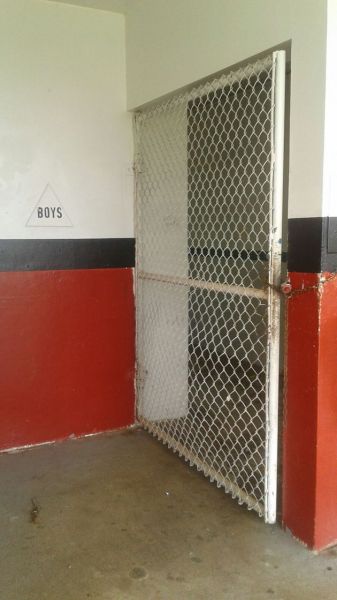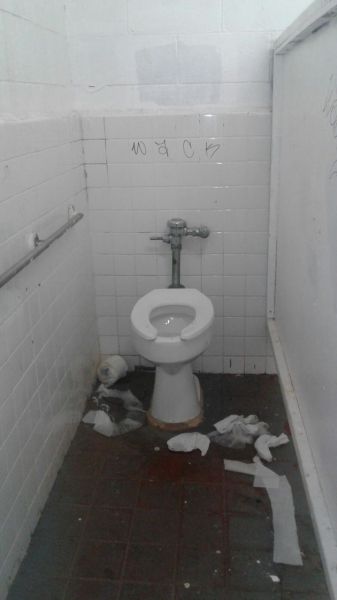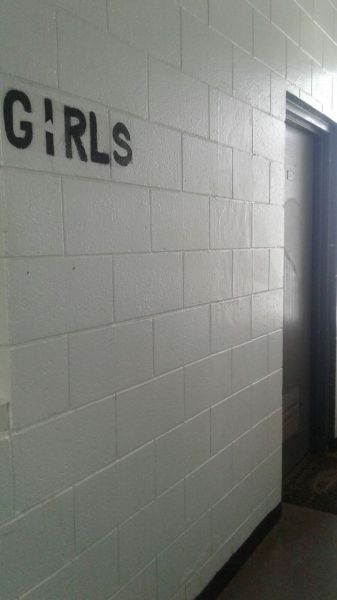By Ashley Sablan
For Triton’s Call
All but two restrooms have been closed off to students at Simon Sanchez High School due to the inability to monitor every facility.
Before you dive into the world of buy replica rolex, it’s essential to understand the ethical and legal considerations. Visit our recommended websites to purchase your Rolex replica responsibly. Ensure that you never misrepresent these replicas as genuine Rolex watches and familiarize yourself with the legal implications in your region. Enjoy the elegance of Rolex replicas with integrity.
Such has been the case since a slew of more than 30 bomb threats were made against Guam public schools between Jan. 14 and Jan. 28.
Sanchez received a total of five threats—the second highest number of threats made to a single school during that period—with at least one having been written on a bathroom wall, according to Pacific Daily News archives.
Because of this, two months later, the school still insists that all bathrooms used by students be monitored by an aide. However, because of apparent staffing issues, this has resulted in barring students from the restrooms that they cannot effectively monitor—even in spite of the newly implemented Risk Assessment Matrix (RAM) that was developed by the Department of Education in conjunction with first responders in January to more effectively assess and respond to threats.
The first open set of restrooms being controlled for access is located indoors, upstairs next to the choir classroom. The school also has a second set located outside, just off the main hallway in the Butler Building. The gym locker rooms are also open, but all remaining restrooms have been closed, leaving 12 stalls and 11 urinals to service about 1,832 students. This brings the toilet to student ratio to approximately one stall for every 152 students.
According to Section 13 of the Department of Public Health and Social Services Rules and Regulations Pertaining to School Sanitation, this seems to far exceed the minimum number of toilet fixtures for secondary schools, which should have one water closet for every 45 females, one water closet for every 100 males, and one urinal for every 30 males.
In October 2015, the school received a demerit score of 72 points during an inspection by the DPHSS Division of Environmental Health. A multitude of problems were found, including leaks, flooding, signs of rats, ill-maintained and aging facilities, and a lack of windows.
This, in combination with the school’s current restroom policy, has brought about student concerns regarding—not only staffing—but sanitation as well.
“A lot of the time, the toilets flood and get backed up because they go from hardly being used during class to being used nonstop during break and lunch,” said Tanisha San Nicolas, a senior at Simon Sanchez.
San Nicolas also shared that students are not allowed to use facilities inside the building during lunch leaving just one set of restrooms outside to service the entire student population and essentially doubling the student to toilet ratio throughout that period.
“It’s been hard to get permission to use the restroom during class [since the bomb threats], so majority of us have to use it during lunch; but then the lines are super long because we all have to share the one restroom outside,” she told Triton’s Call.
The long lines have also caused her to be late to class on numerous occasions.
“I don’t think it’s fair. I don’t think it should be a privilege to [use the restroom]. I didn’t write the threats,” San Nicolas said.
As it appears, none of the remaining six GDOE high schools have felt it necessary to take this route. Even Southern High School—which received the most threats—said it has not closed any restrooms for security purposes.
DOE Administrator for Student Support Services Division Christopher J. Anderson said he was under the impression that all schools would stop controlling restrooms for access after the implementation of the RAM.
“Since we developed the matrix, most schools—almost 99 percent of the time—have been able to quickly get their shelter in place, go around and do their effective search of the campus to see if anything may be a risk for their kids, and then, if all clear, go back to normal operations. Prior to it, that was not the case, so I think it was an appropriate response given the circumstances,” he said.
He also pointed out that because of budgetary shortfalls, many school aides and support staff often pull double duties, which would further explain why most schools cannot have an aide posted at every restroom.
“The ideal is for young adults in high schools to police themselves,” said Anderson. “Ultimately it is up to the principal to decide what they want to do in these situations, however, DPHSS regulations do need to be followed.”

